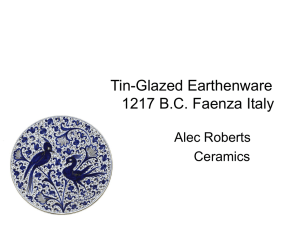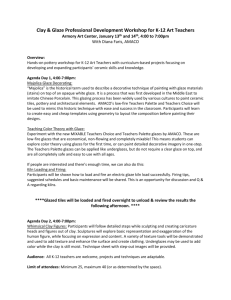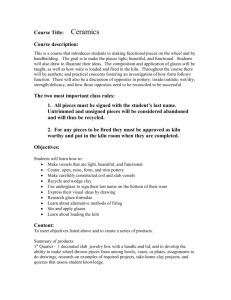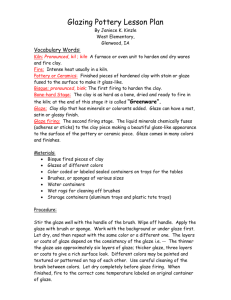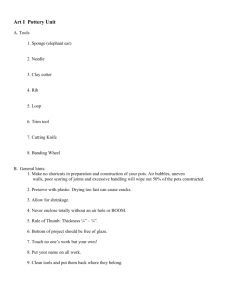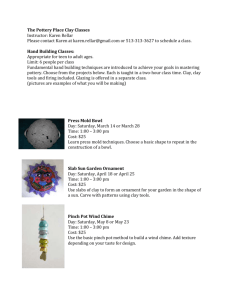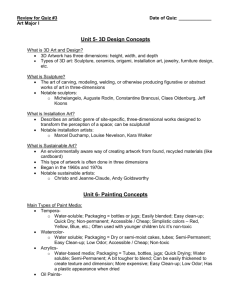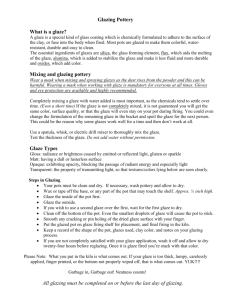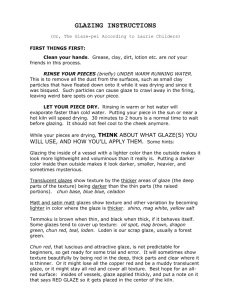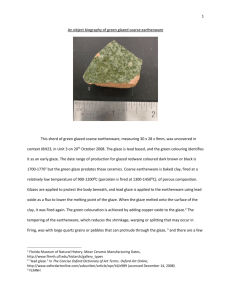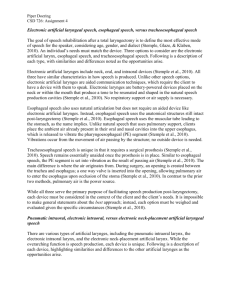Sponging: Using sponges to apply glaze is another technique. After
advertisement
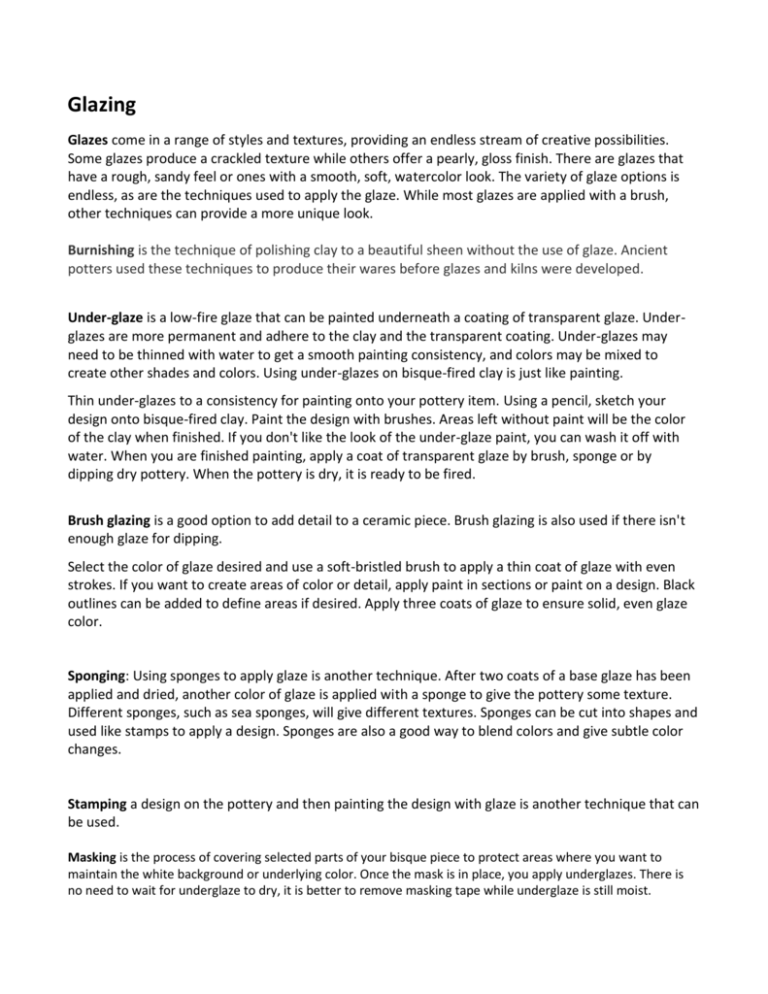
Glazing Glazes come in a range of styles and textures, providing an endless stream of creative possibilities. Some glazes produce a crackled texture while others offer a pearly, gloss finish. There are glazes that have a rough, sandy feel or ones with a smooth, soft, watercolor look. The variety of glaze options is endless, as are the techniques used to apply the glaze. While most glazes are applied with a brush, other techniques can provide a more unique look. Burnishing is the technique of polishing clay to a beautiful sheen without the use of glaze. Ancient potters used these techniques to produce their wares before glazes and kilns were developed. Under-glaze is a low-fire glaze that can be painted underneath a coating of transparent glaze. Underglazes are more permanent and adhere to the clay and the transparent coating. Under-glazes may need to be thinned with water to get a smooth painting consistency, and colors may be mixed to create other shades and colors. Using under-glazes on bisque-fired clay is just like painting. Thin under-glazes to a consistency for painting onto your pottery item. Using a pencil, sketch your design onto bisque-fired clay. Paint the design with brushes. Areas left without paint will be the color of the clay when finished. If you don't like the look of the under-glaze paint, you can wash it off with water. When you are finished painting, apply a coat of transparent glaze by brush, sponge or by dipping dry pottery. When the pottery is dry, it is ready to be fired. Brush glazing is a good option to add detail to a ceramic piece. Brush glazing is also used if there isn't enough glaze for dipping. Select the color of glaze desired and use a soft-bristled brush to apply a thin coat of glaze with even strokes. If you want to create areas of color or detail, apply paint in sections or paint on a design. Black outlines can be added to define areas if desired. Apply three coats of glaze to ensure solid, even glaze color. Sponging: Using sponges to apply glaze is another technique. After two coats of a base glaze has been applied and dried, another color of glaze is applied with a sponge to give the pottery some texture. Different sponges, such as sea sponges, will give different textures. Sponges can be cut into shapes and used like stamps to apply a design. Sponges are also a good way to blend colors and give subtle color changes. Stamping a design on the pottery and then painting the design with glaze is another technique that can be used. Masking is the process of covering selected parts of your bisque piece to protect areas where you want to maintain the white background or underlying color. Once the mask is in place, you apply underglazes. There is no need to wait for underglaze to dry, it is better to remove masking tape while underglaze is still moist. Sgraffito (in Italian "to scratch") is a decorating pottery technique produced by applying layers of color or colors (underglazes or colored slips) to leather hard pottery and then scratching off parts of the layer(s) to create contrasting images, patterns and texture and reveal the clay color underneath. The layer(s) of color can be underglazes or colored slips. Below is an example of one technique and what can be achieved. Apply 2-3 coats of underglaze, apply additional coats in alternate directions, and wait to dry before starting the scratching-off process. The tools and the pressure you decide to use is dependent on the affect you wish to see on the clay. If looking for rougher surface texture, push the tool a bit harder and take more material using more pointy tools. NOTE: Only use a soft dry brush to remove debris to avoid damaging the colored areas. Apply underglaze evenly (2 coats) Insure tracings can be seen Remove color where desired Unwanted colored areas removed
